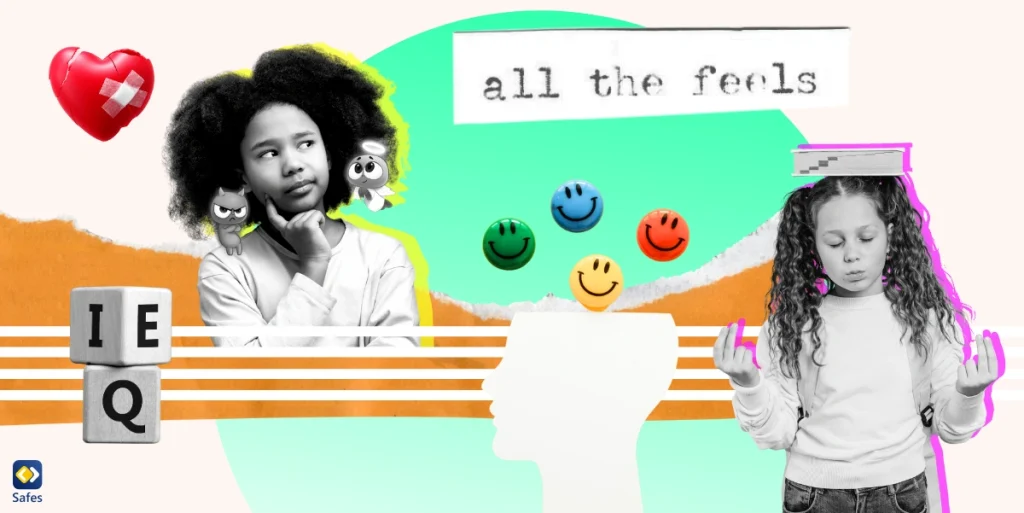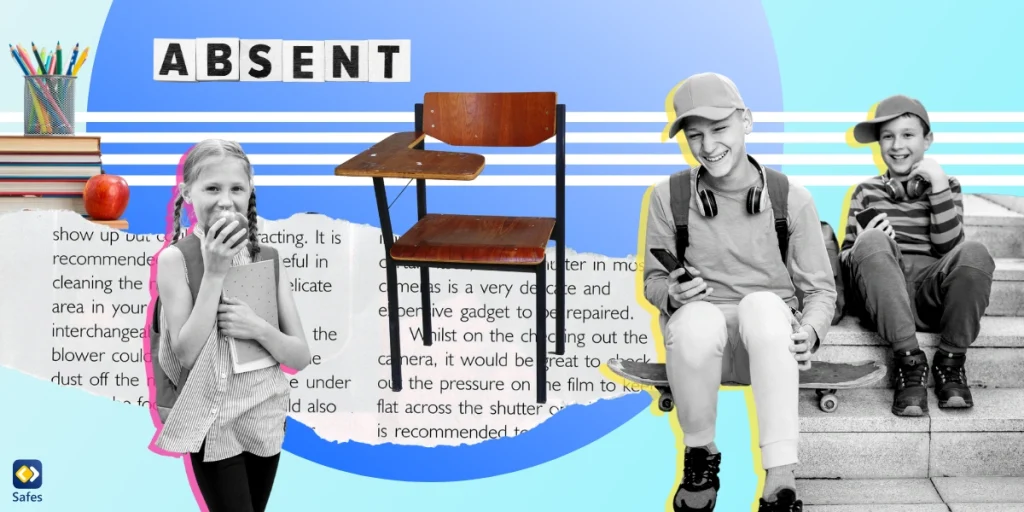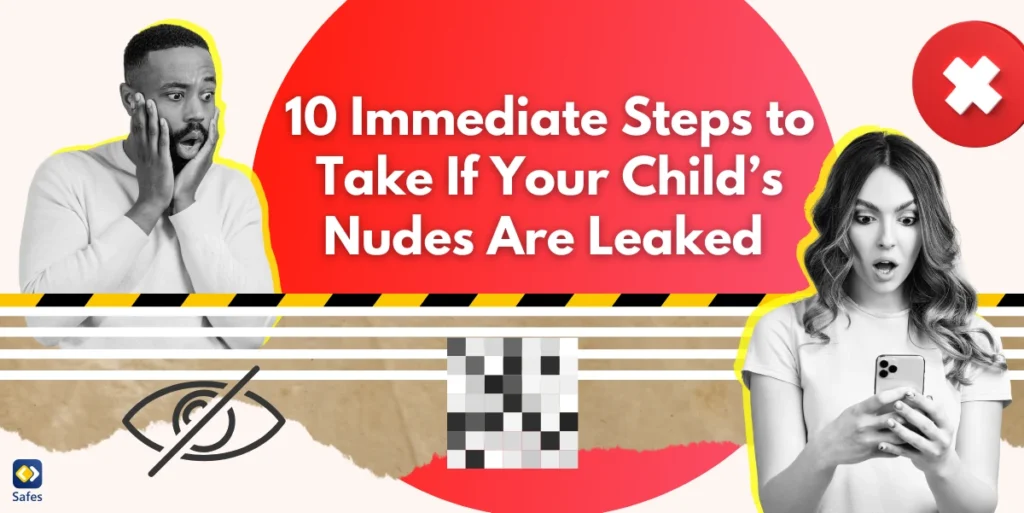The rise of fake news has become a global phenomenon in recent years, and its impact on children is a growing concern. With the increasing use of technology and the internet, children have access to an endless stream of information, some of which is false or misleading. As a result, their perception of truth is distorted, and the long-term consequences can be devastating.
Download and Start Your Free Trial of the Safes Parental Control App
Fake news is false or misleading information spread deliberately to manipulate public opinion or deceive people. The rise of social media has made it easier than ever for fake news to spread rapidly and reach millions of people. Unfortunately, children are not immune to the effects of fake news and are often more vulnerable to its influence.
One of the most significant impacts of fake news on children is distorting their perception of truth. Children are still developing their critical thinking skills, and they may be unable to distinguish between credible and unreliable sources of information. As a result, they may accept false information as accurate, which can lead to misconceptions and misunderstandings.
The impact of fake news on children is the influence it can have on their beliefs and opinions. Children are impressionable and may internalize false information, which can shape their views and attitudes toward essential issues. For example, fake news about political candidates or social issues can sway children’s opinions and cause them to form biases or stereotypes.
The dangers of children consuming fake news on social media are also a cause for concern. Social media algorithms are designed to show users content that they are more likely to engage with, which can lead to the spread of false information. Children may also be more likely to believe incorrect information that is presented in a visually appealing way or shared by friends and family members.

How Fake News Manipulates Children’s Beliefs And Opinions
Fake news has become a widespread problem in recent years, and its impact on children’s beliefs and opinions is a growing concern. Research has shown that fake news can manipulate children’s views and attitudes toward important issues, leading to misconceptions and misunderstandings.
According to a survey on Adolescents’ Vulnerability to Fake News and Racial Hoaxes found that exposure to fake news was associated with lower levels of political knowledge and increased political polarization among young adults. The study also found that young adults who reported a high frequency of exposure to fake news were likelier to hold false beliefs about political issues and express greater political polarization.
Another study conducted by Hunt Allcott & Matthew Gentzkow found that 62% of American adults believe that fake news is a significant problem and that it is affecting their confidence in government institutions and the media. The study also found that younger adults were more likely to be exposed to fake news and to have a more challenging time distinguishing between credible and unreliable sources of information.
The manipulation of children’s beliefs and opinions by fake news is particularly concerning because they are still developing their critical thinking skills. As a result, children may be unable to distinguish between credible and unreliable sources of information, and they may be more likely to accept false information as accurate.

The Role Of Parents And Educators In Protecting Children From Fake News
The rise of fake news has become a growing concern, and the role of parents and educators in protecting children from its influence is crucial. Children are particularly vulnerable to the harmful effects of fake news, and they need support and guidance to help them distinguish between credible and unreliable sources of information.
Parents play a critical role in protecting children from fake news by monitoring their online activity and discussing media literacy with them. They can teach children how to evaluate the credibility of sources and how to fact-check information before accepting it as true. Parents can also encourage children to question what they see and hear and to seek out multiple sources of information to get a well-rounded understanding of an issue.
Educators also have a crucial role in protecting children from fake news. Media literacy education can help children develop the critical thinking skills they need to evaluate the credibility of sources and distinguish between credible and unreliable information. By teaching children how to fact-check information, educators can empower them to make informed decisions and avoid being swayed by false or misleading information.
The Future Of Fake News And Its Potential Impact On The Next Generation
The future of fake news and its potential impact on the next generation is a growing concern among experts. The rapid spread of false and misleading information through digital platforms can shape future generations’ beliefs, attitudes, and values in ways that are difficult to predict or reverse.
A recent study published in the journal “Science” found that false information spreads faster and more efficiently than true information, this phenomenon is even more pronounced on social media platforms. The study also found that false news was more likely to be shared by highly engaged individuals with political content and that it was more likely to spread within like-minded communities.
Another study published in the journal “Nature’s Review Psychology” found that false information can have long-lasting effects on an individual’s beliefs, even after they have been presented with accurate information. In addition, the study found that false news was more likely to be remembered and shape an individual’s attitudes and beliefs than precise information.
The potential impact of fake news on future generations is particularly concerning because they will be growing up in a world where digital technology is even more prevalent and where it is increasingly difficult to distinguish between credible and unreliable sources of information. The next generation will also be exposed to many false and misleading narratives spread through social media and other digital platforms, which may shape their beliefs and attitudes toward important issues.
Use Parental Control Apps
It can be quite hard to be wary of every single threat that could endanger your child’s safety on the internet. Having a full-time job, one or several kids (which is itself a full-time job), a not-so-perfect social life, and a need to sleep that hasn’t been satiated since you became a parent, might not leave you any more time or energy to track all your child’s online activity manually. Technology, being both the pain and the remedy, has come to the rescue. Parental control apps allow you to track all your child’s online activities, restrict access to harmful content, and even find out their location. Along with all these features, Safes app has several exclusive features, such as battery life report and uninstall protection, which make it the best parental control app choice. What’s more, it has suitable prices and works on all platforms. You can download the app and start your 14-day trial for free!
Your Child’s Online Safety Starts Here
Every parent today needs a solution to manage screen time and keep their child safe online.
Without the right tools, digital risks and excessive screen time can impact children's well-being. Safes helps parents set healthy boundaries, monitor activity, and protect kids from online dangers—all with an easy-to-use app.
Take control of your child’s digital world. Learn more about Safes or download the app to start your free trial today!




